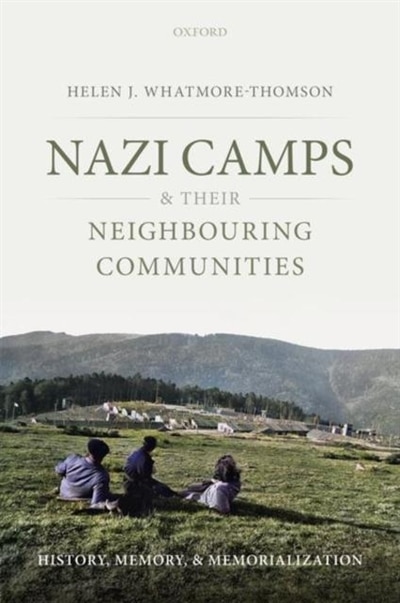Home
Nazi Camps and their Neighbouring Communities by Helen J. Whatmore-Thomson, Hardcover | Indigo Chapters
Loading Inventory...
Coles
Nazi Camps and their Neighbouring Communities by Helen J. Whatmore-Thomson, Hardcover | Indigo Chapters
From Helen J. Whatmore-Thomson
Current price: $88.00


Coles
Nazi Camps and their Neighbouring Communities by Helen J. Whatmore-Thomson, Hardcover | Indigo Chapters
From Helen J. Whatmore-Thomson
Current price: $88.00
Loading Inventory...
Size: 25.4 x 234 x 642
*Product information may vary - to confirm product availability, pricing, shipping and return information please contact Coles
Nazi concentration camps (KZs) were established in the vicinity of local communities across Europe. Arguably, the individuals in these communities were not perpetrators, nor were they victims, like those imprisoned in the camps. Yet they did not simply stand by on the sidelines, passive, uninvolved, or untouched by the presence of the camps. Local citizenries engaged in ambiguous and highly interactive relations with their local camps, willingly and unwillingly working for the perpetrators - but also aiding inmates. After the war, Nazi camps were often repurposed, initially as post-war internment camps and subsequently as penal institutions, military compounds, or housing encampments. Over time, many were transformed into sites of memory to commemorate Nazi persecution. Governments and groups of survivors haveoften determined the re-use and commemoration of KZs, but these processes take place on local territory and have direct implications for nearby communities. Therefore, locals have continued to interact with camp legacies. Nazi Camps and their Neighbouring Communities examines how local populations evolved to live with the Nazi camps both before and after the war. Helen J. Whatmore-Thomson evaluates the different sorts of locality-camp relationships that developed in wartime France, Germany, and the Netherlands, andhow these played out in post-war scenarios of re-use and memorialization. Using three case studies of major camps in western Europe, Natzweiler-Struthof, Neuengamme, and Vught, the book traces the contested developments of these camp sites in the changing political climates of the post-war years, and explores the interrelated dynamics and trajectories of local and national memory. | Nazi Camps and their Neighbouring Communities by Helen J. Whatmore-Thomson, Hardcover | Indigo Chapters













